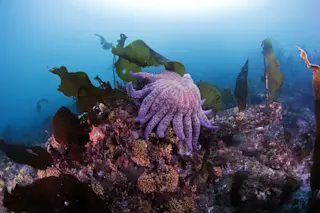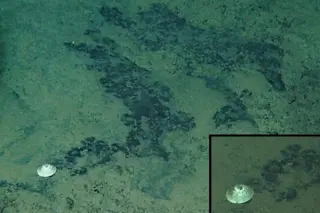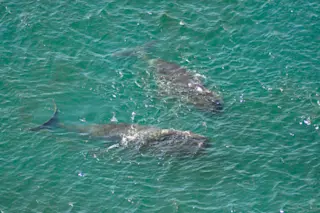Although the Laysan albatross chicks of Midway Atoll National Wildlife Refuge live in the central Pacific, more than 1,000 miles from human civilization, their stomachs look like miniature garbage dumps, full of bottle caps, toothbrushes, cigarette lighters—even golf balls. A recent survey of the marine debris plaguing the island, home to the largest albatross colony in the world, is helping researchers understand the sources of this far-flung pollution. It is also pointing to simple ways to reduce the problem.
A 2009 pilot study (pdf) examined the types, sources, and amounts of beach debris on Midway Atoll. Preliminary results show that of all the items collected and identified from beach sites, 57 percent came from land sources and 43 percent were fishing-related gear and debris. The most common objects were beverage bottle caps and spacer tubes used in the oyster industry. Independent marine debris researcher Seba Sheavly, who coordinated the study, ...














